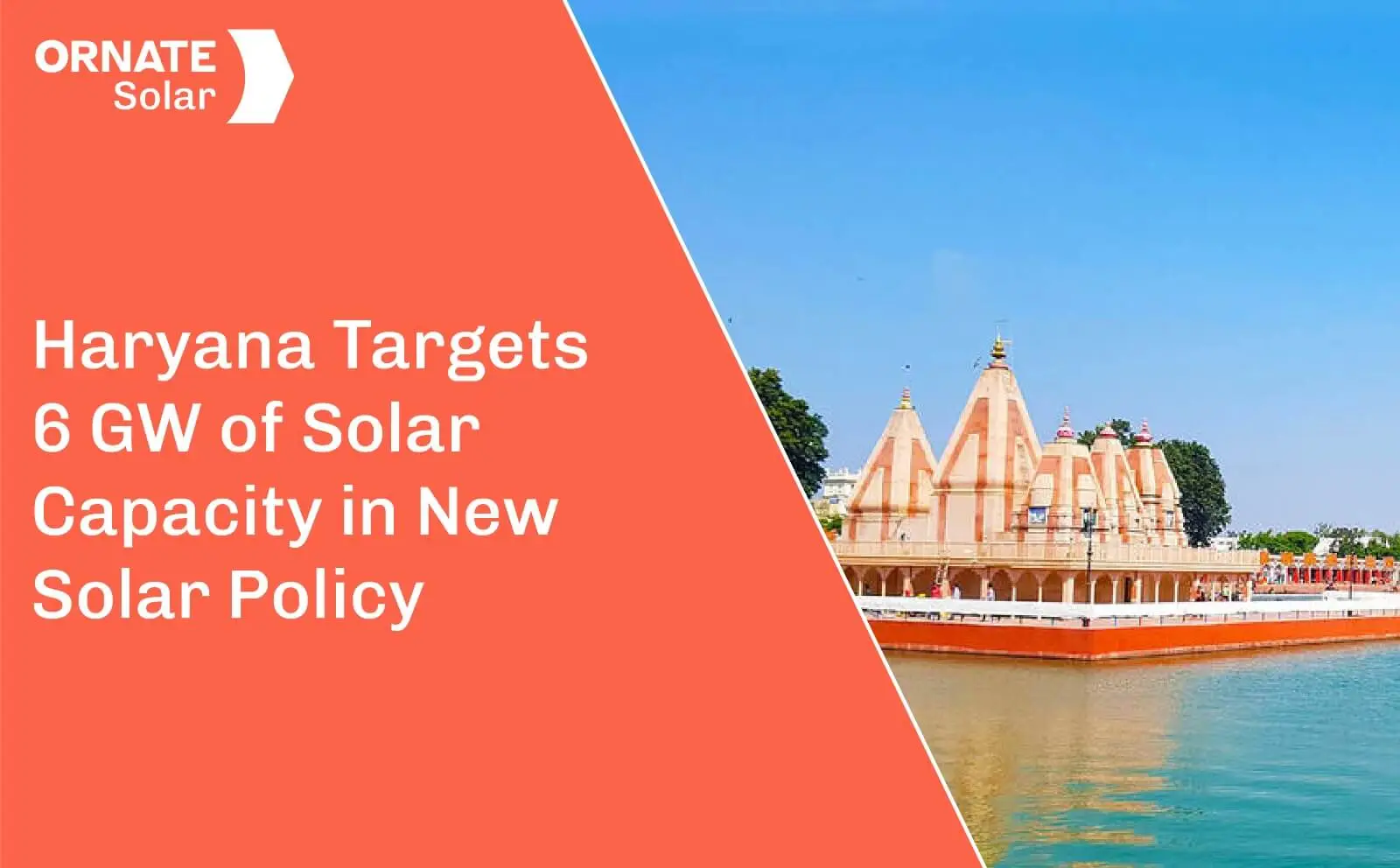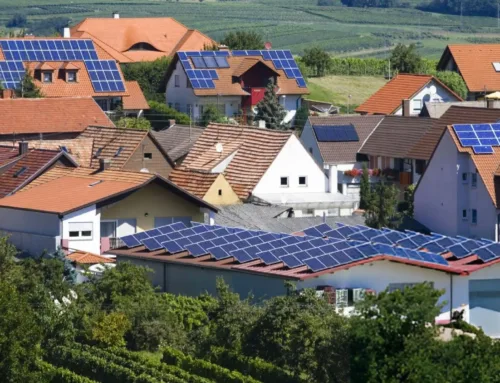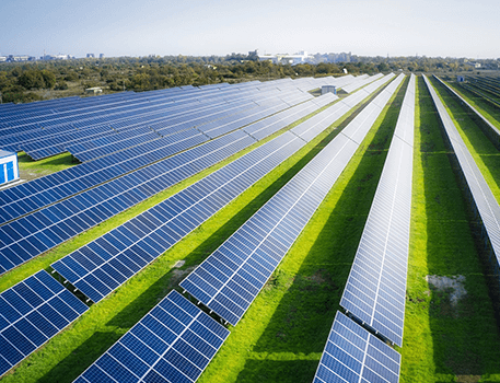

The Haryana New and Renewable Energy Department has released the draft of the Haryana Solar Policy 2023, with a target of developing 6 GW of solar capacity by 2030. The breakdown of the target is as follows:
• Rooftop Solar Capacity: 1600 MW
• Ground Mounted Solar (With/Without Energy Storage): 3200 MW
• Solarization of Irrigation Pumps: 1200 MW
The key objectives of the policy are to increase the share of solar in Haryana’s power mix, encourage private participation, introduce the latest technologies, and solarize the agricultural sector.
The government is planning a variety of initiatives to achieve these goals:
Utility Scale Solar
• Solar projects, with or without storage, and blended with other RE sources will be set up by independent power producers for the sale of power to distribution companies. Moreover, DISCOMs can reserve 20% of the total ground-mounted capacity for the development of small generator projects (up to 2 MW)
• Solar parks will be developed in the state, as per the guidelines of MNRE
• The installation of MW-scale solar projects over canal tops/banks/water bodies will be encouraged
Solar in the Agricultural Sector
• The state government will implement various schemes and programs of MNRE, including the 3 components of the PM Kusum scheme and the development of solar cities and villages
• Panchayat land can be leased or rented for the installation of ground-mounted solar projects or solar parks. The projects can be set up by government departments, corporations, companies, and boards.
Rooftop Solar Projects
• Rooftop solar plants can be installed in either CAPEX or RESCO mode, with or without net metering as per the HERC guidelines.
• The maximum rated capacity of the plant cannot be more than the sanctioned load in the low-tension connections and contract demand in high-tension connections.
• The state government is also considering a capital subsidy to encourage rooftop solar installations.
Apart from these, the Haryana government is also planning to develop solar-based EV charging stations and promote the installation of decentralized and off-grid applications. Moreover, in urban centres where consumers lack access to adequate roof space, the state will promote innovative billing mechanisms such as virtual metering and group virtual metering.
The document also states that if the generated solar power is consumed within the premises, cross-subsidy charges, additional surcharges, and wheeling charges will not be applicable.
Haryana has a very high solar potential, which the state government is trying to harness. The state government is especially striving to promote solar in the agricultural sector. In July 2023, Haryana also announced plans to provide a 75% subsidy on solar pumps.







Leave A Comment